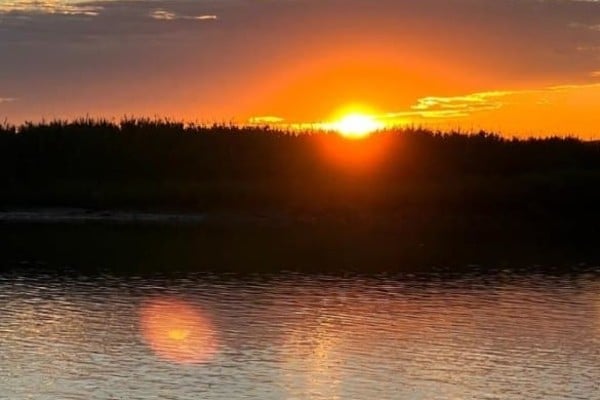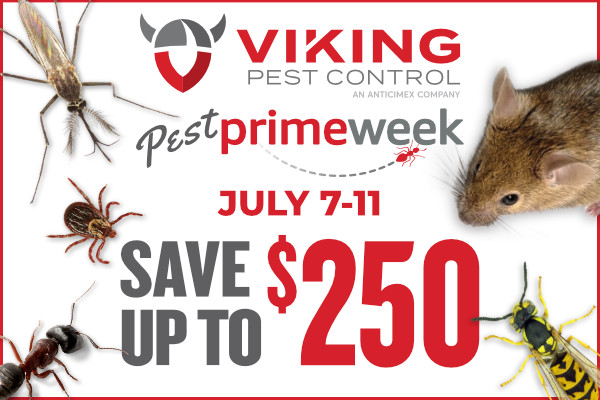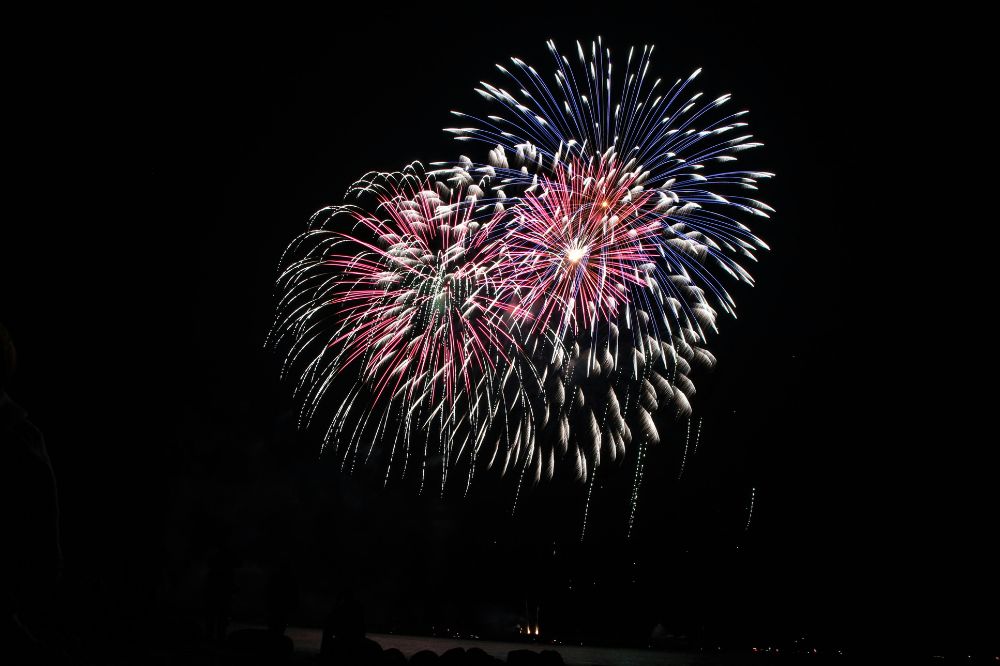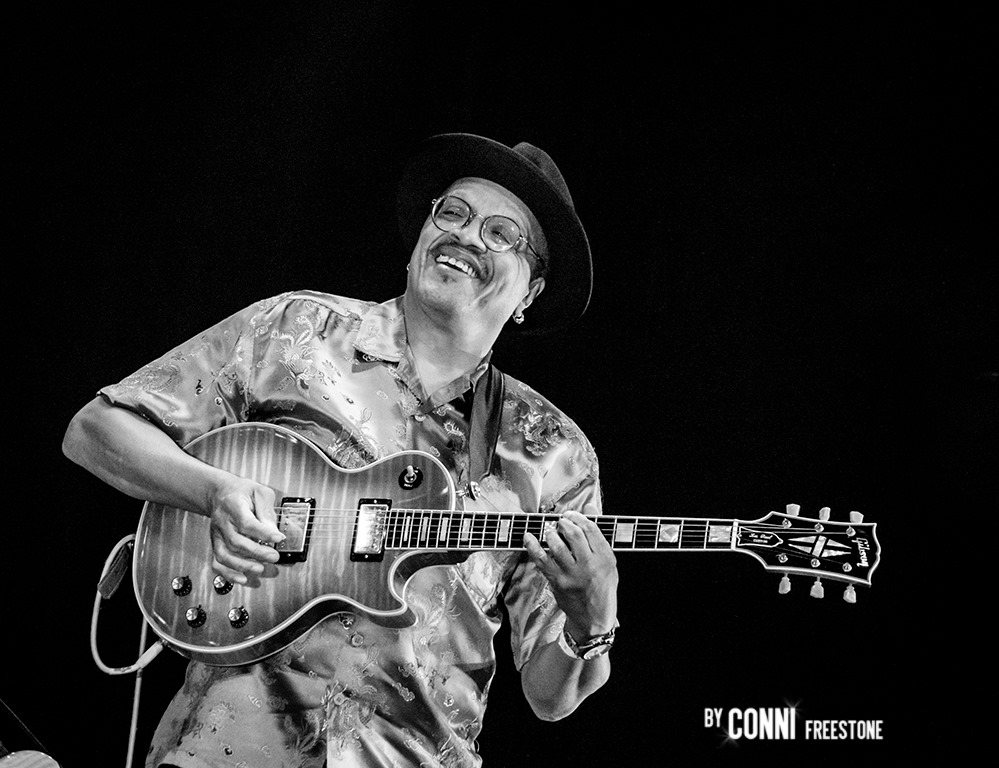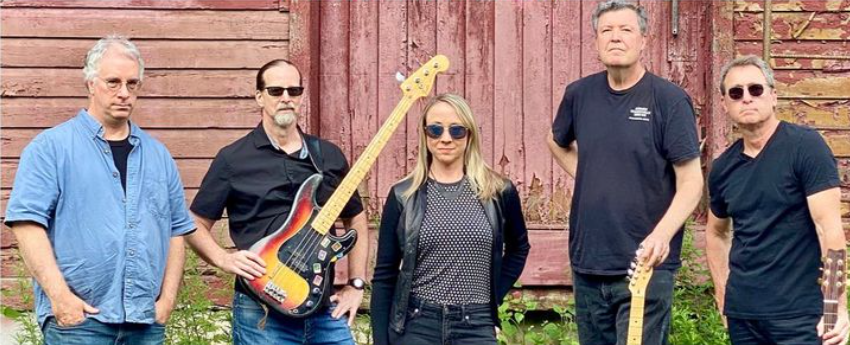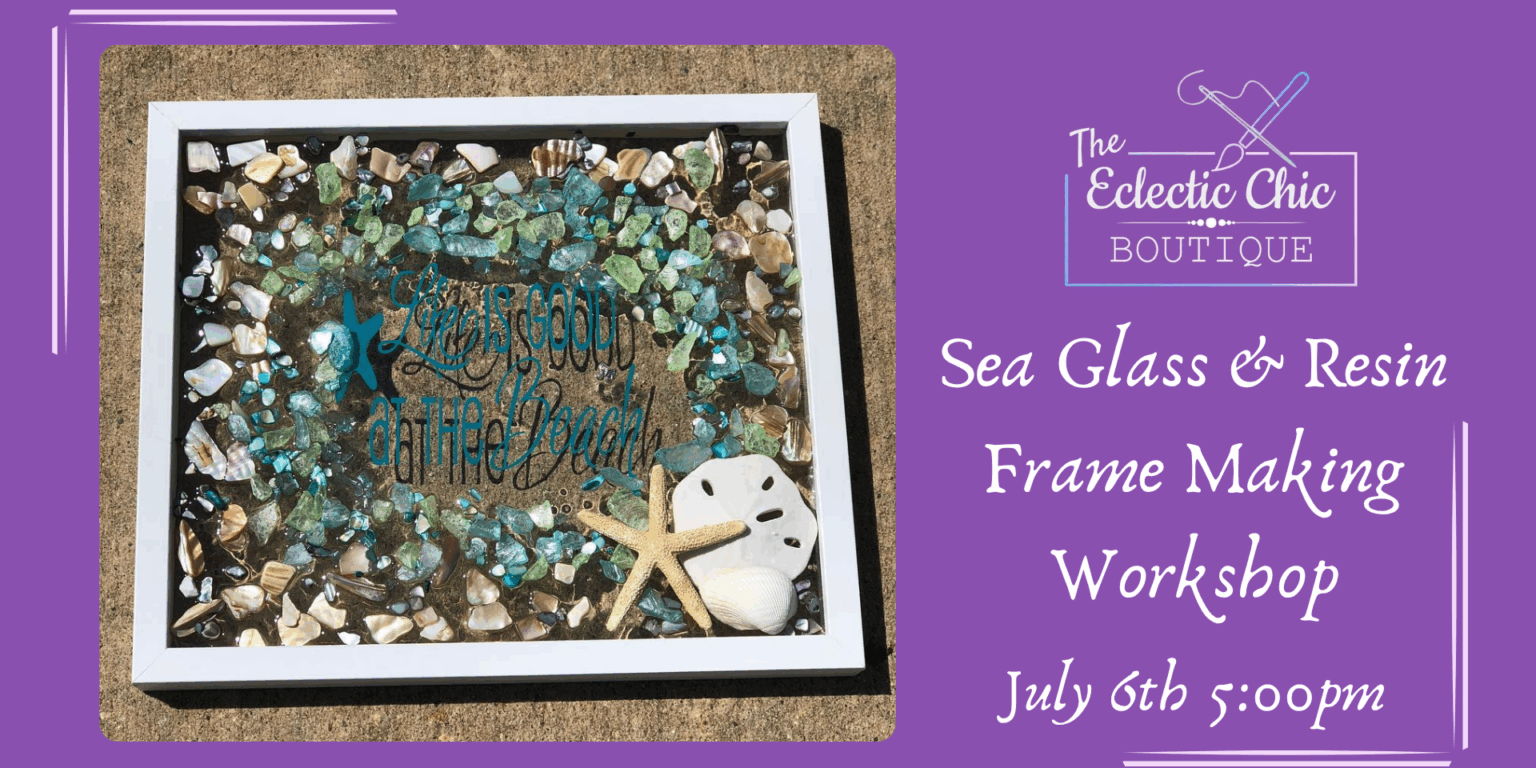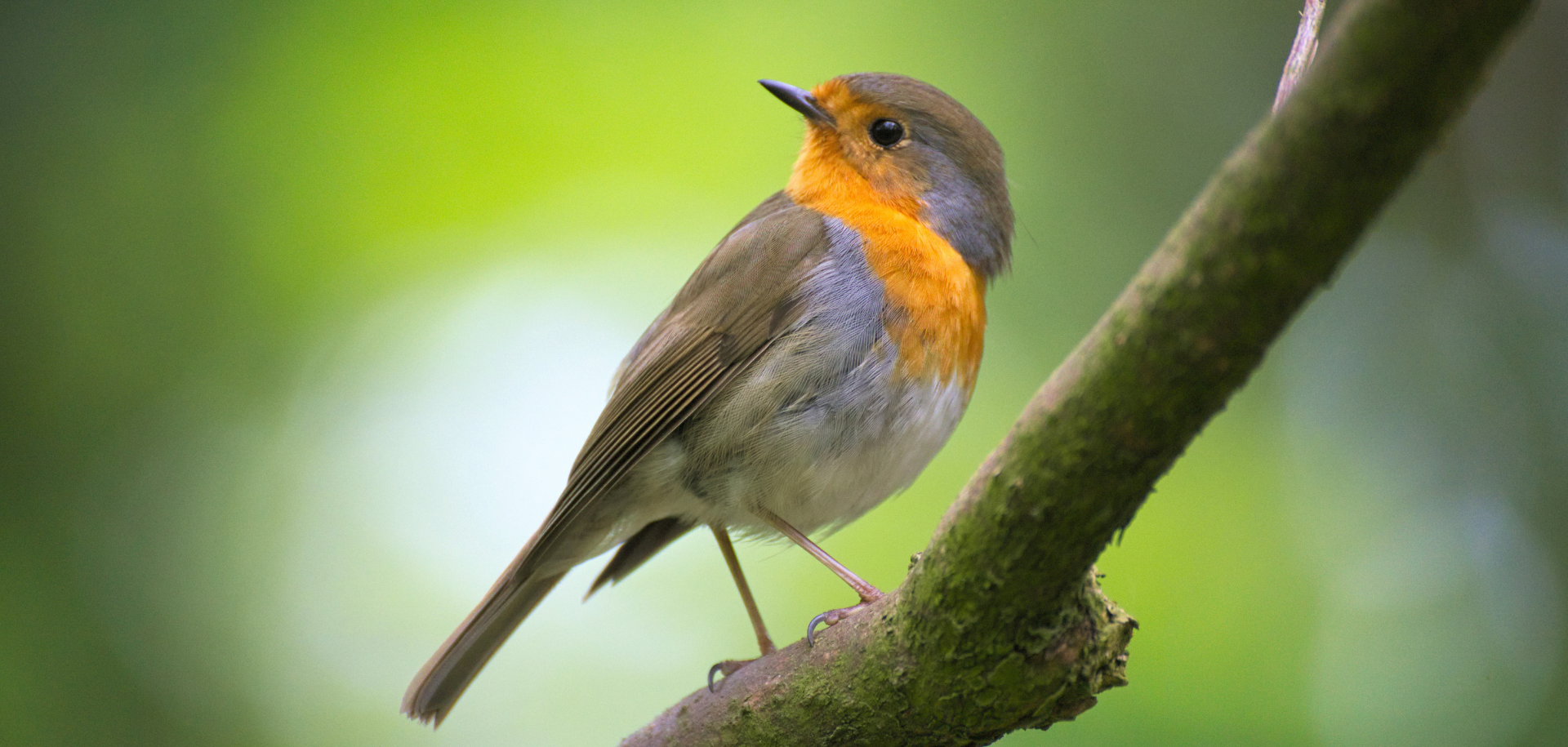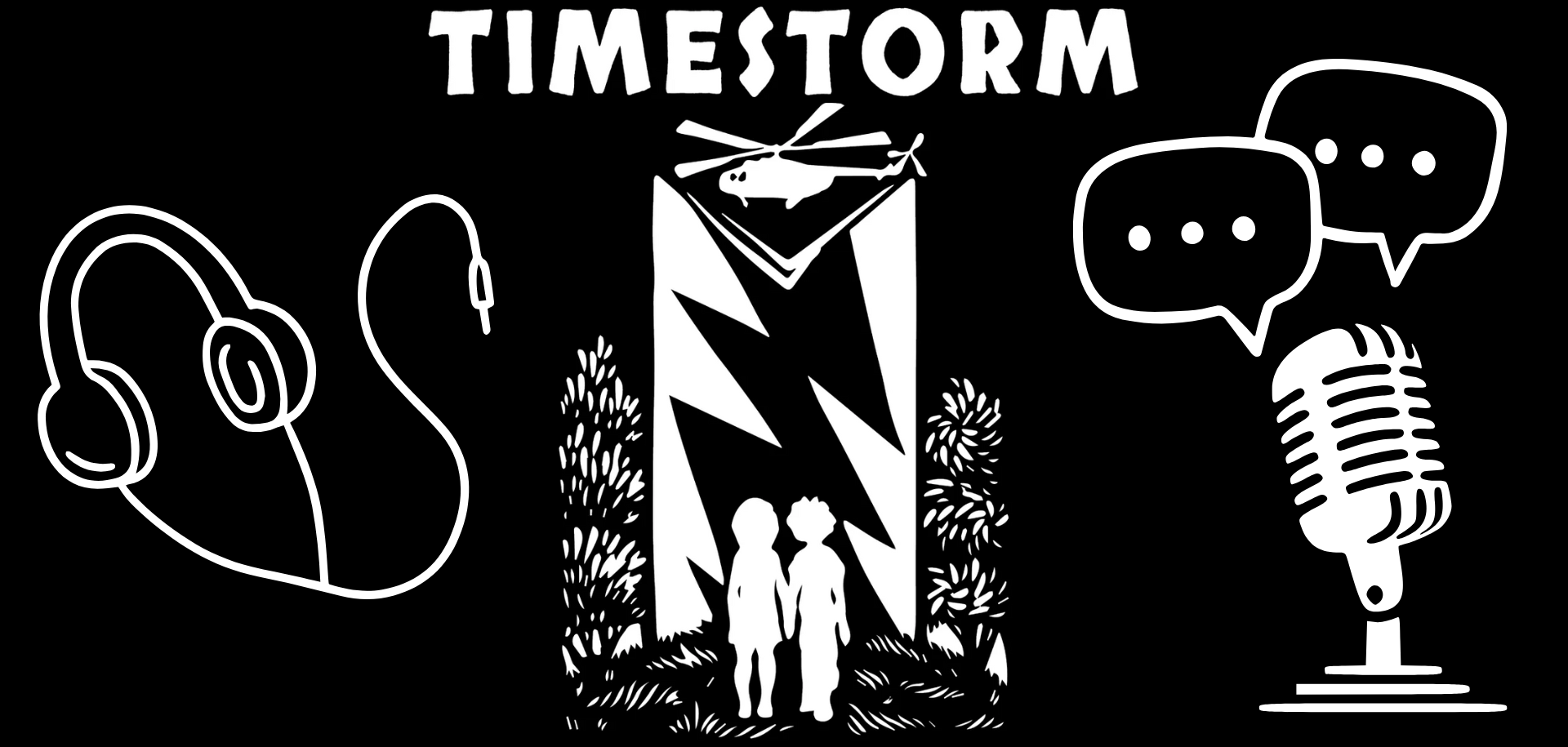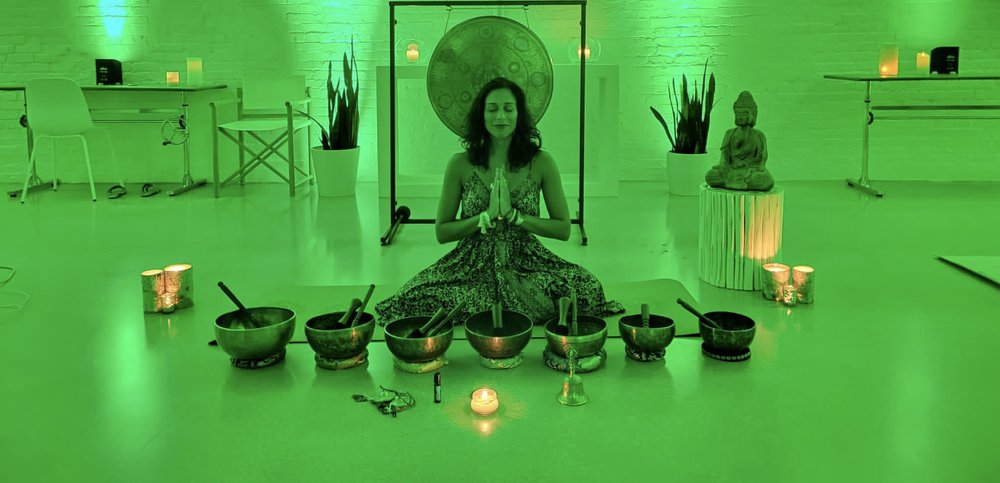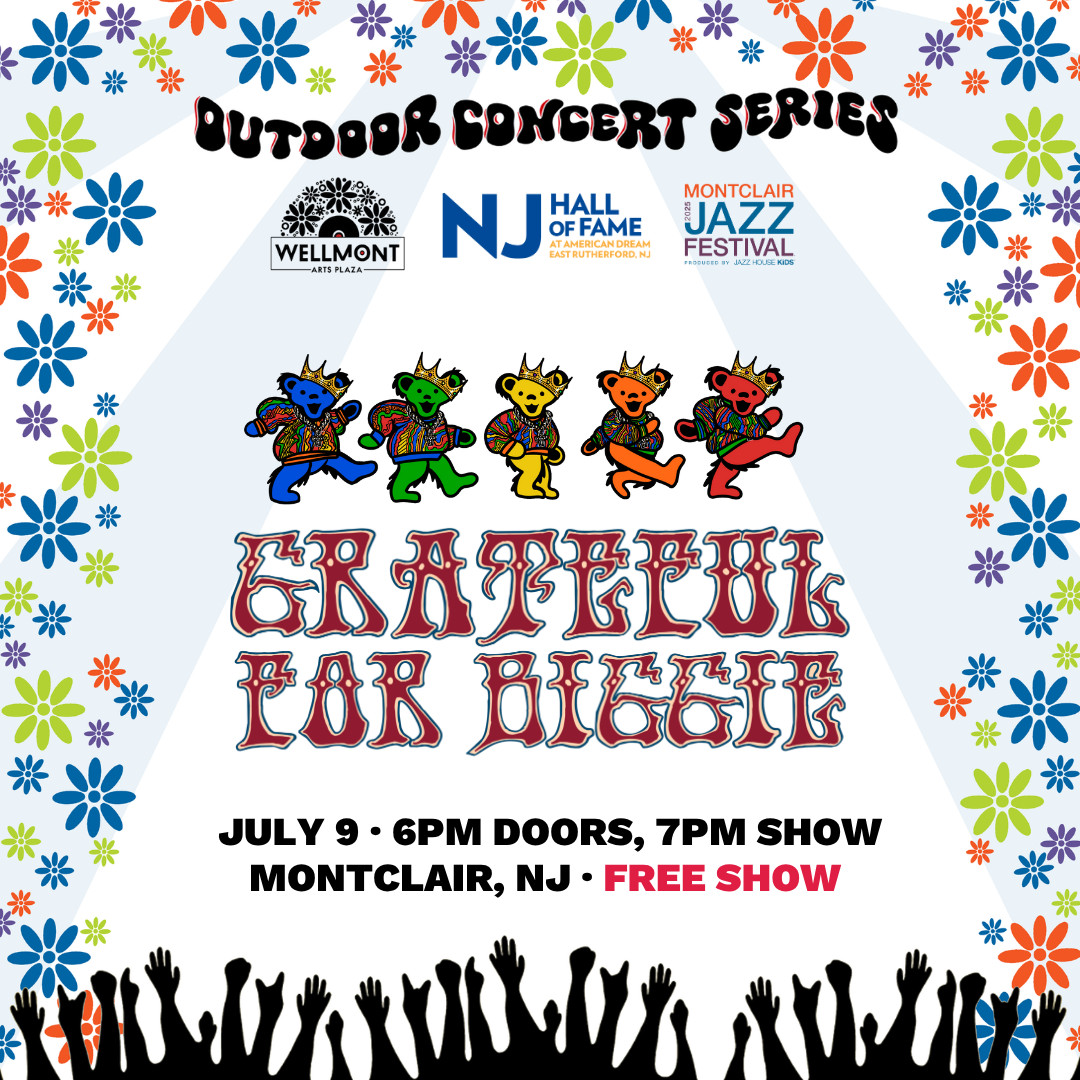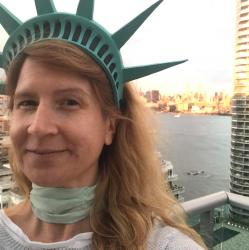There’s nothing like taking a boat trip during the summer — and it’s even better to turn a leisurely boating trip into an educational opportunity. Eco-tours and cruises are an excellent way to learn about the local ecosystem + the power of environmental advocacy while enjoying the scenery with friends, and family. New Jersey is home to an excellent eco-cruise opportunity right here on the Hackensack River. Captain Bill Sheehan and Captain Hugh Carola of the Hackensack Riverkeepers provide tours to as many as 10,000 passengers a year through the briny marshes of the Hackensack River Watershed to show everyone the power of restoring and preserving our wetlands. Read on to learn more about how to sit back and enjoy an educational eco-cruise along the nearby Hackensack River, located in both Bergen + Hudson counties.
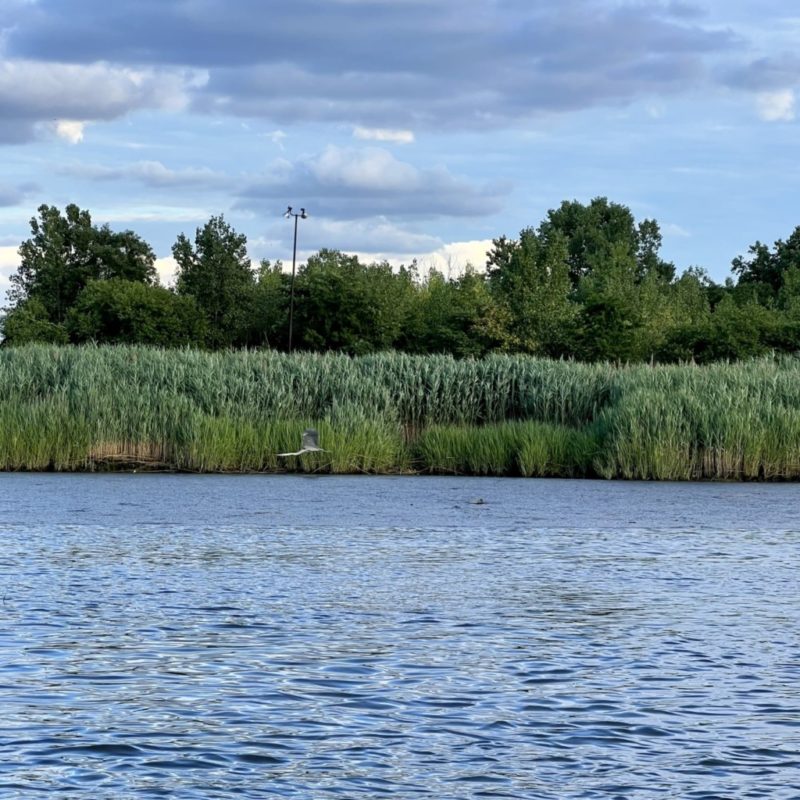
A Sight for Sore Eyes
Once aboard one of the 30-foot research vessels upon which the Hackensack Riverkeepers educate their eco-tourists, it doesn’t take long to begin to see the swimmable river of the future that the captains describe. The boat trip is beautiful. The NYC skyline shines, dazzling like the Emerald City off beyond the rich green marshes. Trains rumbling over bridges and old factory shells have the charm of old machinery turned into relics. The tales told of successful advocacy by the Riverkeeper captains are a joyful remedy to the malaise that can come from the onslaught of sad local and global environmental news.
In 1996, Hackensack Riverkeepers had their first sighting of an osprey nest in the estuary marshes. That exciting development led to a program to install osprey boxes to serve as welcome mats for these birds that are as important bioindicators of the health of coastal waters. An eco-cruise at dusk or early in the day promises bountiful bird sightings: great egrets, peregrine falcons, great blue herons, yellow-crested night herons, black-crowned night herons, cormorants, as well as muskrats and spiny back terrapin turtles all come to the shore and surface for their supper, often standing like performers on parade as the Hackensack Riverkeeper boats roll by.
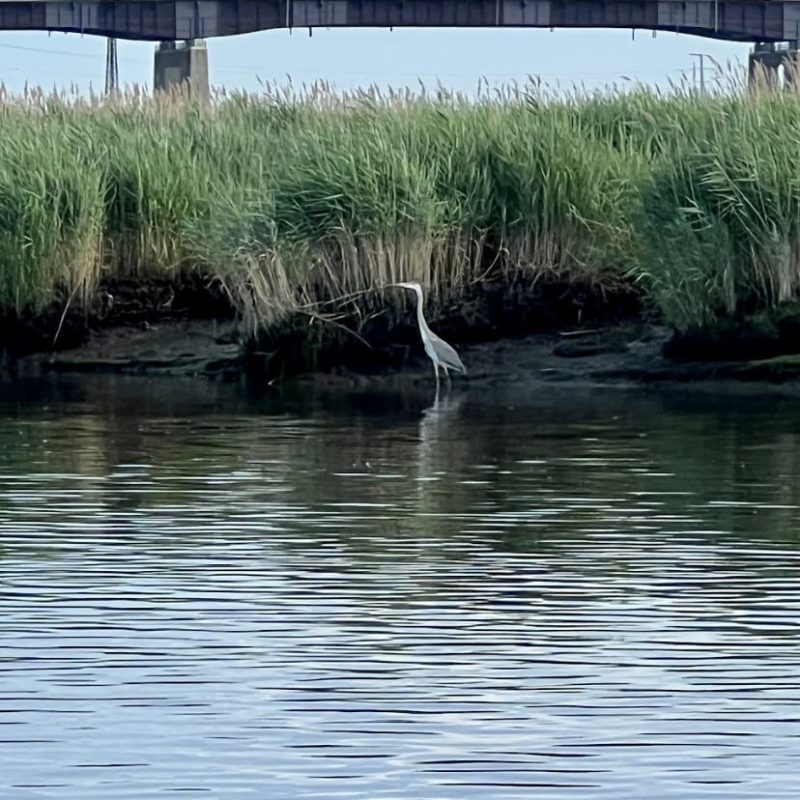
The fact that the estuary is again home to breeding birds and shore birds — like the sandpiper, who uses the wetland as a fueling station while on migration — makes clear how successful the Riverkeepers have been. The pretty sound of marsh wrens twittering in the long grasses is a melodious reminder that today, more than 280 species of birds thrive because of the improved aquaculture of the Hackensack Meadowlands. A good number of those birds are on New Jersey’s endangered, threatened, and species of special concern lists. The tale of how that abundance returned is directly tied to the hard work the Riverkeepers do toward the protection, preservation, and restoration of the Hackensack River Watershed.
Read More: Sunflower Farms to Visit in New Jersey
Wetlands Worth Preserving + Restoring
A Hackensack River Eco-Cruise guest gets to enjoy the fruits of decades of work fighting developers’ attempts to fill the wetlands and build one project or another in this area that naturally prevents floods in neighboring boroughs. The thick root mats of marsh vegetation slow flooding. Wetlands function as natural sponges when surface water, rain storms, snowmelt, groundwater, and flood waters threaten to overwhelm residential neighborhoods.
The Riverkeepers’ identification of the many problems caused by unfettered growth and sprawl and their defense of the river and its estuary has resulted in major change you can see. “The day of filling wetlands in the Meadowlands is over!” announced Captain Bill in 2001, with the establishment of the Meadowlands Estuary Preserve.
In 2004, the Meadowlands Master Plan placed 8,400 acres of wetlands and waterways into conservation. Federal court-ordered restitution and cleanup orders for corporate polluters began to go into effect. The preservation of these thousands of acres of environmentally sensitive wetlands requires the remediation of centuries of pollution.
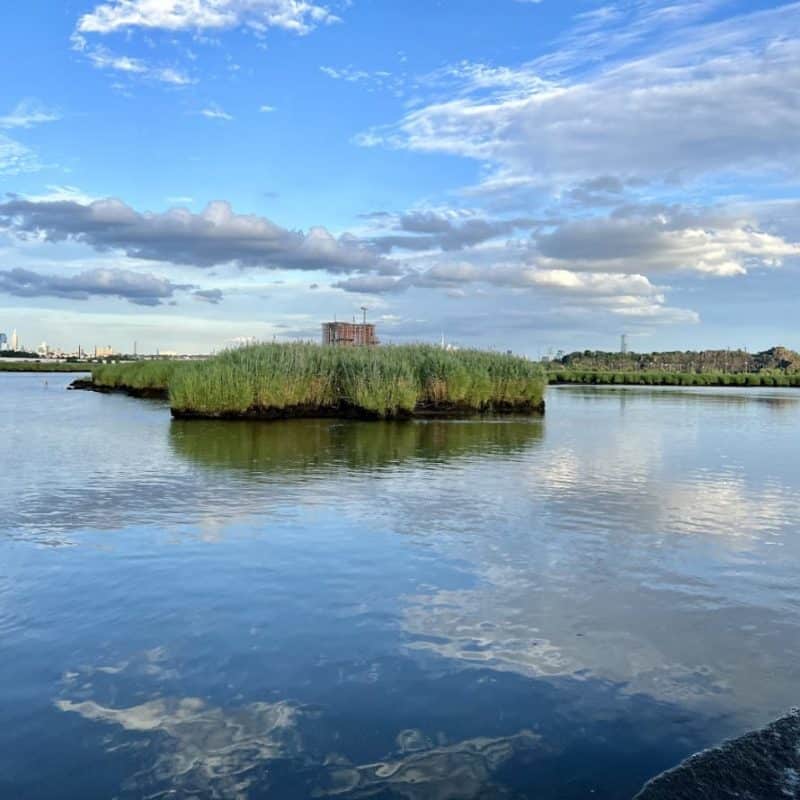
Throughout the 20th century, toxin-producing companies closed and walked away from the contaminated buildings, industrial waste wells, and poisonous ground soil that they had produced. That is, until these regional stewards of our environment, the Hackensack Riverkeepers, brought those polluters back to clean up their messes. Successful campaigns against unregulated garbage dumps and for the cleanup by corporate polluters of toxic chromium and chlorine were often accomplished by collaboration and joint litigation with organizations like the NY/NJ Baykeeper organizations. That story is well told in the WNJN documentary, Turning the Tide, a film that celebrates successful advocacy for the health of the Meadowlands.
Gliding through the river on an eco-tour is a great way to get informed about exciting projects that are being imagined into action, like Jodi Jamieson’s work to reestablish traditional migration and spawning grounds for river herring through the creation of a fish ladder at the Oradell Reservoir Dam. The diverse plans to eventually return fish to their historic spawning grounds depend upon whether the river is sufficiently decontaminated. In partnerships with regional universities, the Riverkeepers regularly conduct scientific studies to measure the viability of environmental revitalization and wildlife re-emergence.
Sometimes, those studies result in data showing that more must be done for a project to go forward. That was the case when an effort to establish populations of oysters in the lower reaches of the river showed contamination was still too high to continue the project. Posted signs in parks along the river warn against eating anything living in the water. The blue crabs may not look like it, but they are full of enough chemical toxins to cause cancer if consumed. The expansive water testing conducted throughout the estuary will reveal when the water becomes clean enough to begin the very exciting work of restoring marine life further.
Once thought of as dead and a whole lot stinkier than it is now, the Hackensack River is now better recognized as a major regional asset. Today, the Riverkeepers are working to have the river bottom along the 23-mile stretch of waterway in Bergen and Hudson counties designated as a Superfund site. The resulting cleanup would make the river safe for water sports and fish consumption.
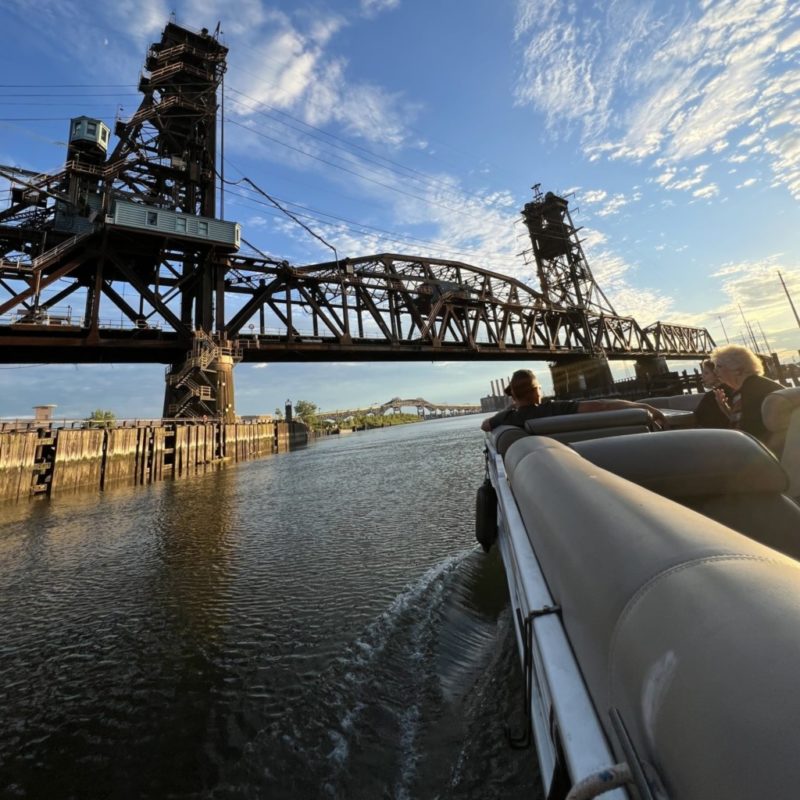
The River’s Storied History
Long, long ago, about 11,000 years ago, mastodons walked along Glacial Lake Hackensack. That deep freshwater glacial lake and the Meadowlands region was formed by the Wisconsin Glacier about 20,000 years ago when the ice sheet began to melt. Approximately 10,000 years ago, the lake drained to become our Hackensack River, connecting to the Atlantic Ocean at Newark Bay and forming the Hackensack River estuary.
When the Leni Lenape people lived without European colonial intrusion, the Meadowlands was a broad forested valley crossed by meandering freshwater streams. Through the centuries, forests of American larch and black spruce were replaced with forests of Atlantic white-cedar trees that grew throughout the valley. That was before the Oradell Reservoir was built when there was less tidal influence and a great deal more freshwater flowed into the river than now. The cedar — known for its resilience and strength — was valued for many purposes including its use in building plank roads like the hardwood boardwalk-like street that gave Paterson Plank Road its name.
See More: Duke Farms Nature Preserve in NJ is a True Adventure
A Source of Fun + Beauty
Both Captains Bill and Hugh have US Coast Guard Master’s licenses as well as decades of experience educating upon and patrolling the Hackensack River. Their identification of the elegant birds, quick-moving mammals, shore-hugging reptiles, and various fish that the boats slide by makes the rich bounty of marsh life visible to the nature novice as well as renders the river more readable and very lovable.
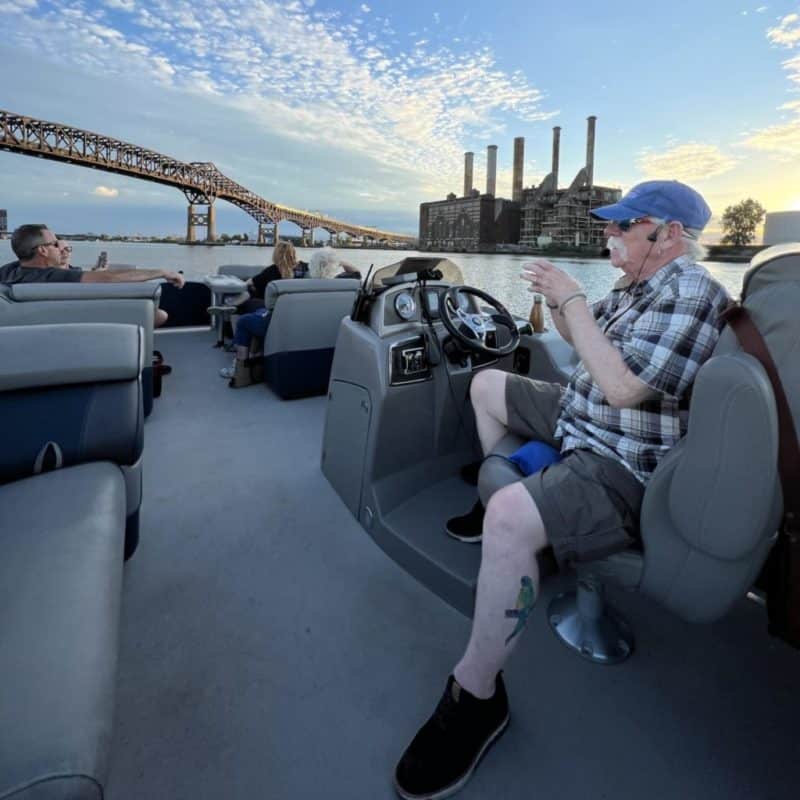
An eco-cruise isn’t the only way to see the flourishing marshland. Hackensack Riverkeepers have helped establish public access points along the river at a number of locations, including canoe/kayak launch docks in the Village of Ridgefield Park, Lauren Hill Park, and the Overpeck Park Kayak Center. Less passive ways to participate in the organization’s efforts include regularly held cleanup events and reservoir paddle outings run by Riverkeeper Outreach Coordinator Tyler Tierney. Or you can take a stroll along Hackensack River Greenway, a 3.5-mile trail (with plans to expand) paralleling the Hackensack River that offers dreamy views of the marshes and their wildlife.
Speaking of fun and beauty, the Nature Conservancy has just produced a short, clever video titled Marsh Makeover that poses our own Hackensack River Marshlands as the “Angela Jolie” of marshes. To learn more about the Hackensack Riverkeeper’s Eco-Cruises and to schedule your tour, you can click here.


